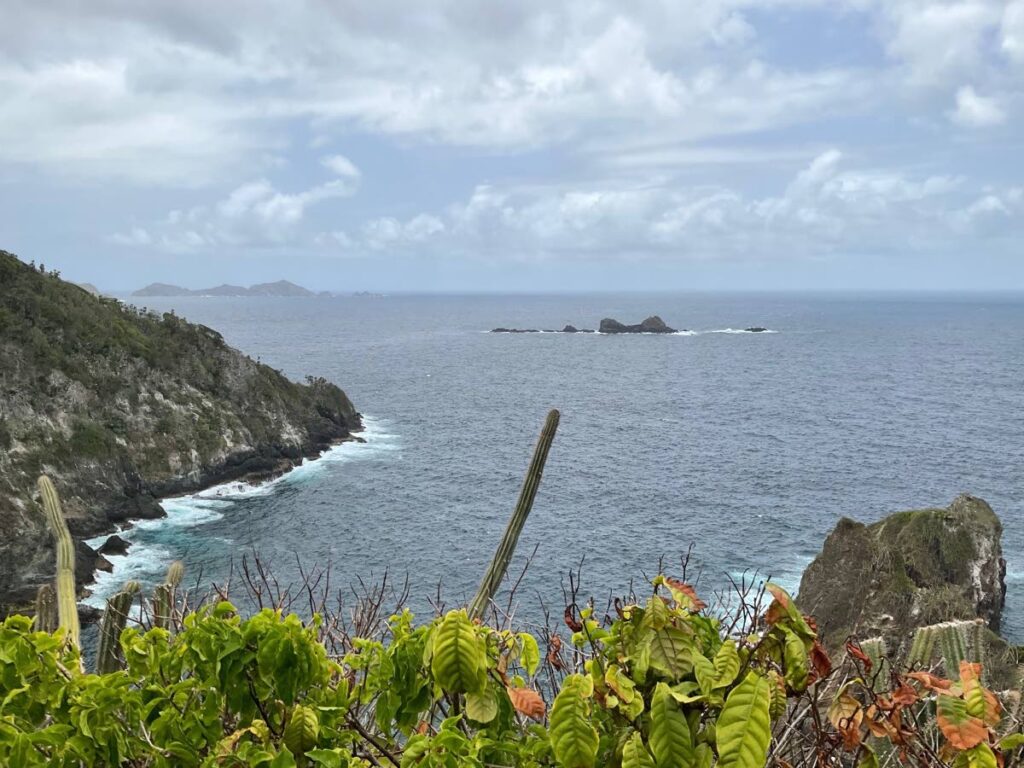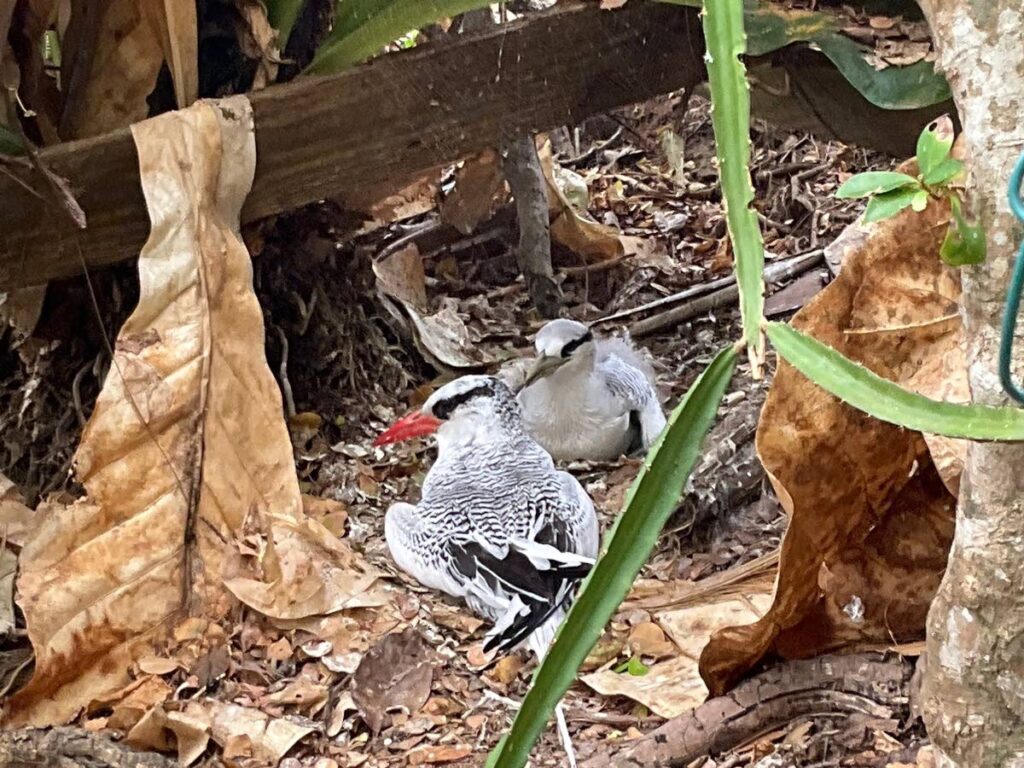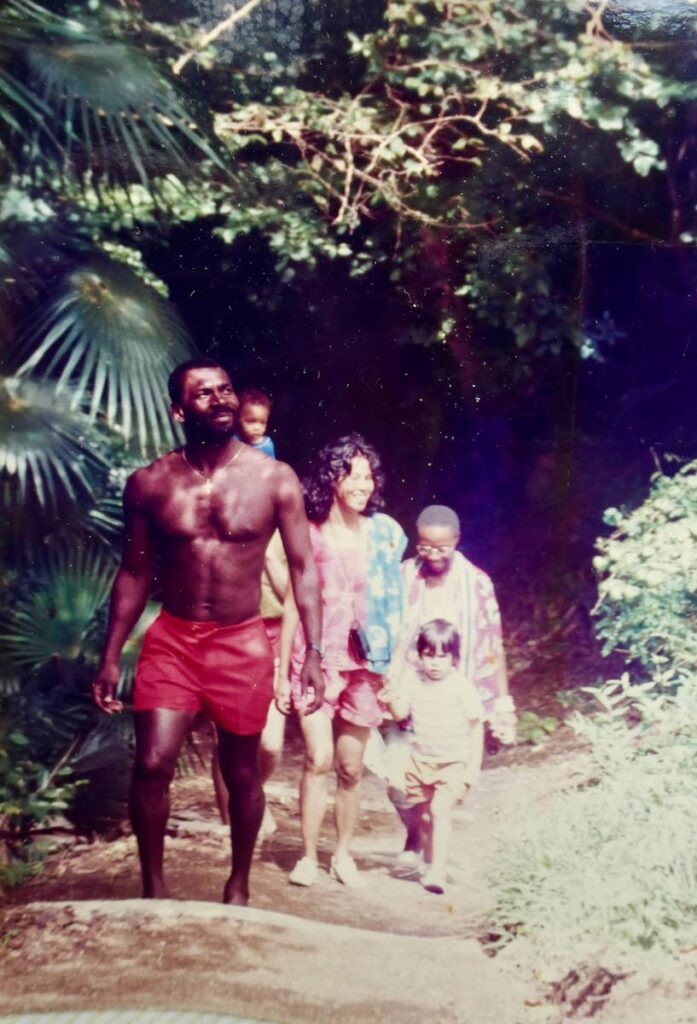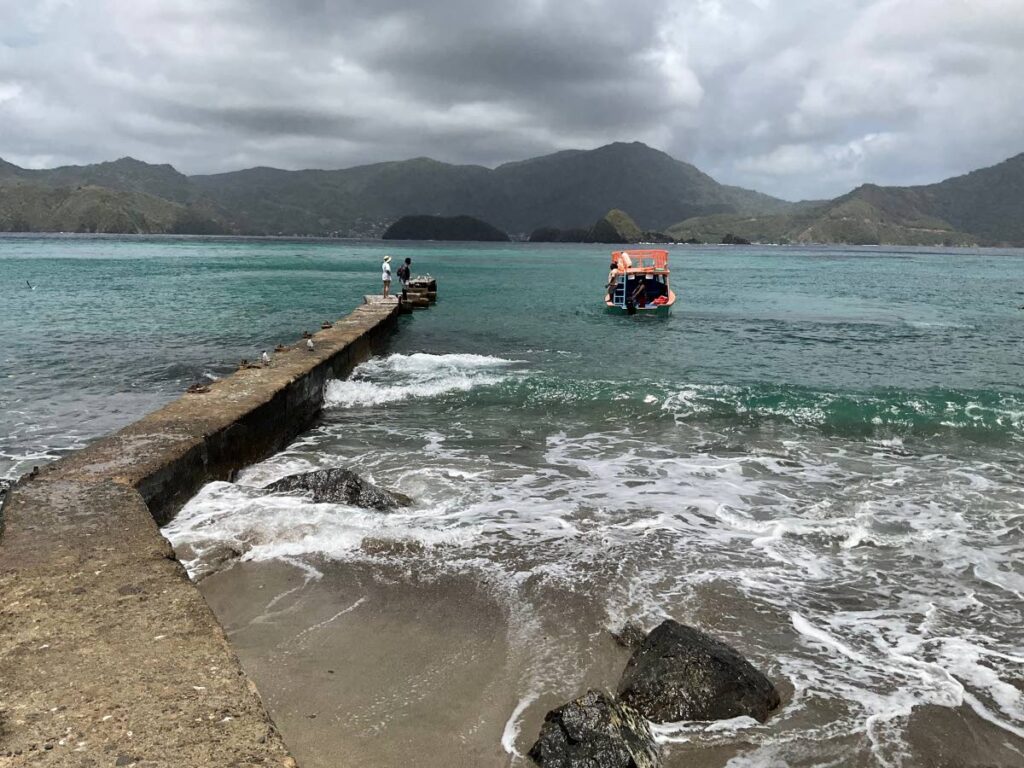A tour of Little Tobago

Pat Ganase revisits Little Tobago, after 32 years, for a stroll into the past.
In 1909, Sir William Ingram, a British peer and politician and managing director of the Illustrated London News, bought the small star-shaped island off the north-east coast of Tobago. He would turn it into a bird sanctuary to accommodate a small colony of the Greater Bird of Paradise (Paradisaea apoda) which was over-hunted in its native New Guinea for feathers for ladies hats.
Two dozen nesting pairs were introduced – and the island which had in the late 18th century produced a very high yield of cotton per acre became known as Bird of Paradise island. In 1924, after Sir William died, the island was deeded to the Government of Trinidad and Tobago, to remain in perpetuity a bird sanctuary.

In 1958, a National Geographic crew came to film the birds. Five years later, on September 30, 1963, Flora swept south of the Atlantic hurricane alley, touched Tobago and blew many of the birds out to sea where they drowned. According to tour guide Zolani Frank, the last bird of the island was alive in the late 1970s; it was later preserved and may be seen at the Tobago Museum at Fort King George.
After the upheaval of TT’s failed 1990 coup, I came with my family to Charlotteville. Together with another group staying in the Turpin’s cottages, we boarded Frank’s glass-bottomed boat at Blue Waters Inn off Speyside for a tour of Little Tobago.
Our guide that day was Wordsworth Quincy Frank, fisherman/diver/ tour operator. Two small children, under six, were in the party that jumped off the boat as it rode the rolling waves on the landing beach. We trekked to the top along unmarked trails, the children like mountain goats, the adults taking it slow. The view on the other side of the island was breath-taking and breezy.

Fast forward 32 years, we booked a tour to Little Tobago with Zolani “call me Z” Frank. Z is the son of Wordsworth Frank and now runs the tours and business. He is personable and capable and part of a three-man crew. Troy and Dion man the boat which looks like it has been well-maintained since the older Frank’s time.
There’s sargassum on Blue Waters beach when we enter the boat at the jetty. The 20-minute ride to Little Tobago runs into choppy seas as we pass Goat Island. The Atlantic flows past, and the boat bucks and dips and rides the waves to the beach.
We step out into ankle-deep water holding plastic bags with our cameras and phones above our heads. Construction on the new jetty is scheduled to start in a few weeks. After a few minutes to settle ourselves, we head uphill on a well-maintained trail.
Zolani assures us that the climb is easy, no more than a pleasant walk, and he will go slow. At the first bend, he stops to point out trap-door spider lairs, and to explain the clever mechanisms these spiders use to keep their underground burrows dry and secret. He tells the story of the Bird of Paradise on the island and their demise; he notes that although there are no birds in Tobago or Trinidad, its image adorns the TT$100 bill.
There was a recent lobby to restart a colony with birds to be brought from Papua New Guinea. It’s not a popular idea for many reasons: the birds of paradise are not native and not likely to survive in storms; if they fall in the sea, they are quickly water-logged and drown; there’s hardly any fresh water on the island. “A tiny spring affords no more than a gallon of water a day.” He pointed to green containers along the path: “We bring fresh water and refill bird waterers in certain places.”
Little Tobago supports resident populations of many sea birds, the most beautiful of which must be the red-billed tropicbirds (Phaeton aetherus) which can be seen dipping and swooping along the cliffs, tail feathers streaming behind. Magnificent frigatebirds fly high harassing the gulls and tropicbirds if they think there’s a morsel to be snatched. Tropicbirds grab small fish and squid from the surface of the ocean around their island. They nest on the leaf litter in the underbrush, and seem not to have any fear of curious humans. The female lays a single egg each year; and the chick is raised by both parents until it can fly.

“The BBC Trials of Life hosted by David Attenborough, episode three, features the battles between tropicbirds and magnificent frigatebirds on Little Tobago,” mentions Zolani. Little Tobago is the only remaining deciduous forest ecosystem in TT, and its fauna and flora have been documented. In 1997-1998, Natalie Boodram, a graduate student at The University of the West Indies, described the island’s botany; part of the biological survey of Little Tobago initiated by the NGO Environment Tobago.
Zolani points out the Naked Indian (the name refers to the native Amerindian, politically corrected to Naked Boy in Boodram’s record), a tree which bark peels like sun-tanned skin; clean teeth (diospyros inconstans); silver thatch palm and the dramatic large-leaved anthurium jenmanii. There are sturdy clumps of bamboo and several types of cactus, including dragonfruit. Tiny red “crab eyes” shine on the path and Z points out the vine that produces these mini “jumbie beads.”

We climb at a measured pace to the top of the island where Sir William once had a house with views all around the island; only the foundations remain. We head downhill to the other side of Little Tobago. This coast is windy and rugged, whitewater breaking at the base of rocky cliffs. We look past Goat Island to St Giles in the far distance marking the divide between the Caribbean (to the west) and the Atlantic Ocean (east of Tobago).
At the approach to the lookout point, movement in the underbrush catches our eyes. A red-billed tropicbird is feeding its hungry nestling. As we move slowly around, the parent’s eyes never leave us, but the birds are accustomed to visitors.
When we leave the island, one of the visitors in our group expresses the wish to come back to sit in a few locations and “draw the views.” It’s better than photography, she feels, to be able to absorb the spirit of the place, to be among the trees, hearing the wind and waves, watching the birds, and to express this, a step beyond writing, in a painting or drawing from life.

Comments
"A tour of Little Tobago"